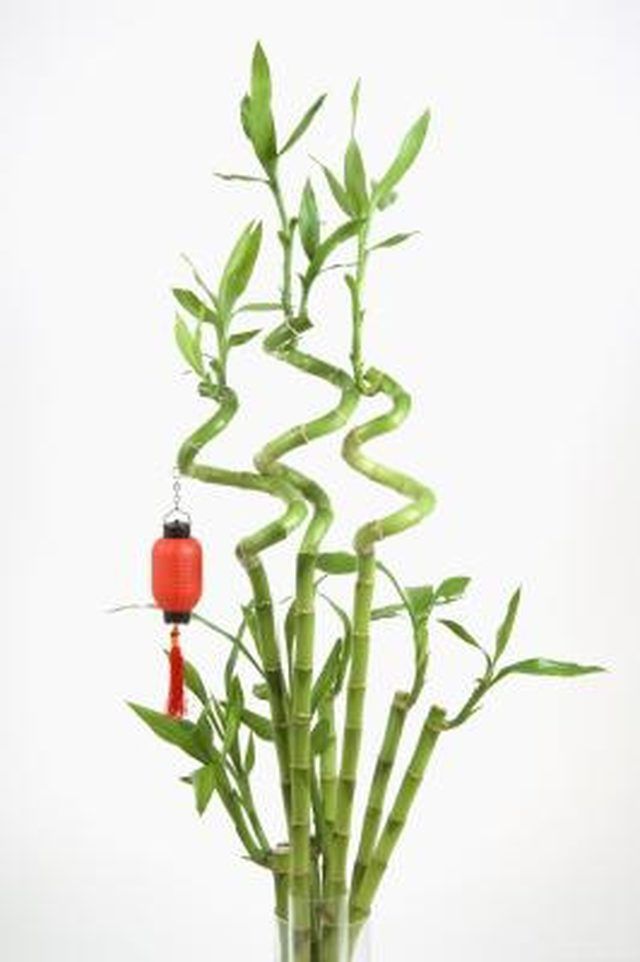Bulbs
Flower Basics
Flower Beds & Specialty Gardens
Flower Garden
Garden Furniture
Garden Gnomes
Garden Seeds
Garden Sheds
Garden Statues
Garden Tools & Supplies
Gardening Basics
Green & Organic
Groundcovers & Vines
Growing Annuals
Growing Basil
Growing Beans
Growing Berries
Growing Blueberries
Growing Cactus
Growing Corn
Growing Cotton
Growing Edibles
Growing Flowers
Growing Garlic
Growing Grapes
Growing Grass
Growing Herbs
Growing Jasmine
Growing Mint
Growing Mushrooms
Orchids
Growing Peanuts
Growing Perennials
Growing Plants
Growing Rosemary
Growing Roses
Growing Strawberries
Growing Sunflowers
Growing Thyme
Growing Tomatoes
Growing Tulips
Growing Vegetables
Herb Basics
Herb Garden
Indoor Growing
Landscaping Basics
Landscaping Patios
Landscaping Plants
Landscaping Shrubs
Landscaping Trees
Landscaping Walks & Pathways
Lawn Basics
Lawn Maintenance
Lawn Mowers
Lawn Ornaments
Lawn Planting
Lawn Tools
Outdoor Growing
Overall Landscape Planning
Pests, Weeds & Problems
Plant Basics
Rock Garden
Rose Garden
Shrubs
Soil
Specialty Gardens
Trees
Vegetable Garden
Yard Maintenance
Growth Rate of Lucky Bamboo
Growth Rate of Lucky Bamboo. Native to Cameroon in west Africa, lucky bamboo (Dracaena sanderiana) is a member of the Dracaena family and---contrary to its common name and to common belief---unrelated to the bamboo family.

Native to Cameroon in west Africa, lucky bamboo (Dracaena sanderiana) is a member of the Dracaena family and---contrary to its common name and to common belief---unrelated to the bamboo family.
Overall Growth Rate
Lucky bamboo, similar to a small tree or shrub, normally grows to a height of approximately 3 feet. "This is one tough little plant, and it is easy to keep it going for a year or more in just water," writes retired horticulturist Gerald Klingaman in an article on the University of Arkansas Cooperative Extension Service website.
Light and Water
The growth rate of bamboo is hampered if it fails to receive sufficient light, although it tolerates too little sunlight better than too much, and it thrives with moderate levels of indirect light. The plant expands nicely when grown in water, but it's rate of growth may be limited by the chemicals present in some municipal tap waters.
Transplanting
When transplanting a lucky bamboo, the growth rate is largely dependent on the type of cutting implemented. Rooted cuttings may be transplanted if the roots are already established, while tip cuttings require three to four weeks and nodal cuttings must be nurtured for four to five weeks.